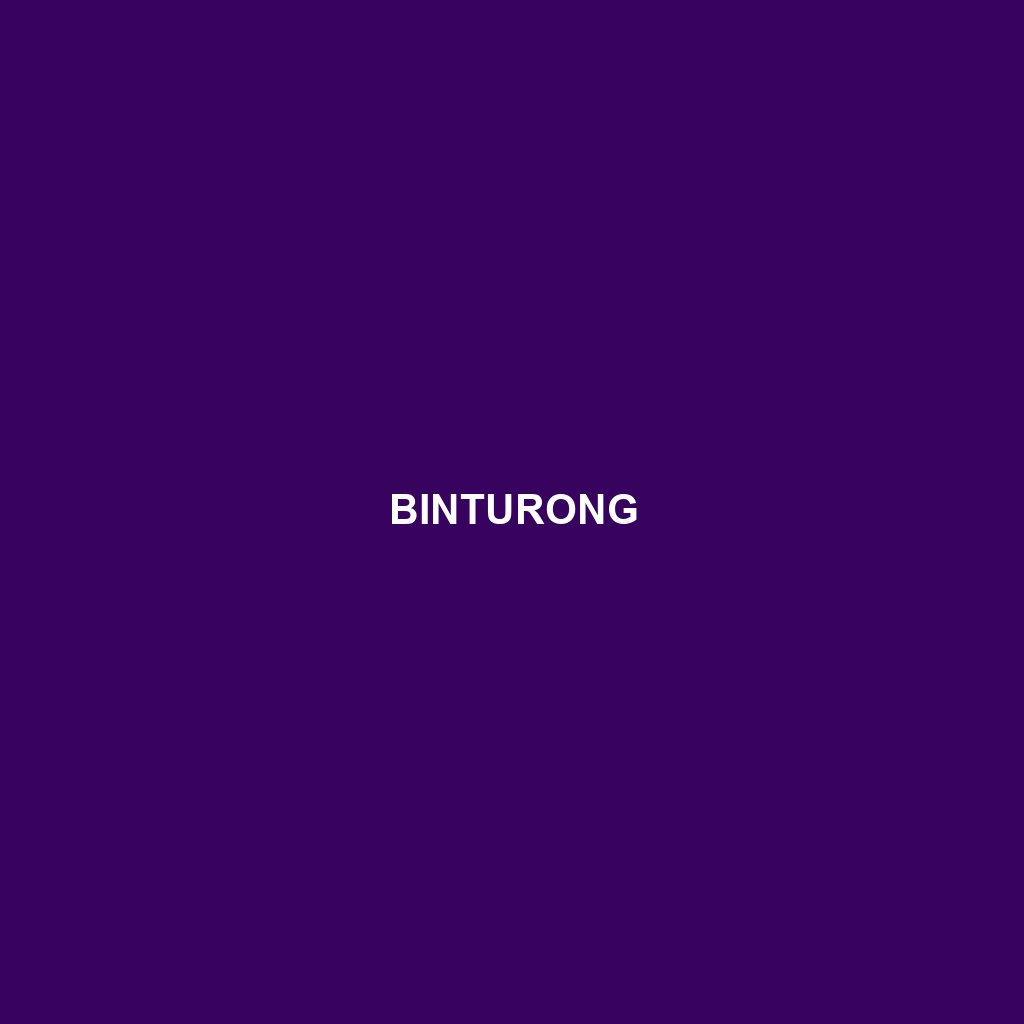Common Name: Sulawesi Palm Civet
Scientific Name: Macrogalidia musschenbroekii
Habitat:
The Sulawesi Palm Civet is primarily found in the lush tropical forests of Sulawesi, an island in Indonesia. This species typically inhabits lowland rainforests and bamboo forests, often associated with palm tree ecosystems. They prefer areas with dense vegetation and are frequently located near rivers and streams, making their habitat rich in biodiversity.
Physical Characteristics:
The Sulawesi Palm Civet is a medium-sized mammal, measuring about 50 to 70 cm in length, excluding its long tail. They have a distinctive coat that ranges from gray to brown, often with darker spots and stripes that help them blend into their forest surroundings. Their large, round eyes are a striking feature, allowing them to be primarily nocturnal hunters. Additionally, they have sharp claws and a strong sense of smell, which aids their foraging behavior.
Behavior:
Sulawesi Palm Civets are primarily solitary creatures, known for their arboreal lifestyle. They are most active during the night (nocturnal), using their keen eyesight and sense of smell to navigate their environment. These civets are also known for their curious nature, frequently engaging in climbing and exploring their habitats. They utilize vocalizations and scent-marking to communicate with one another.
Diet:
The diet of the Sulawesi Palm Civet primarily consists of fruits, especially coffee cherries, making them significant for the dispersal of plant seeds. They also consume insects, small animals, and other plant materials. Their omnivorous feeding habits enable them to adapt to various food availability in their rainforest habitat.
Reproduction:
Reproduction in Sulawesi Palm Civets typically occurs during the wet season, when food resources are abundant. The gestation period lasts about 60 days, after which females give birth to one to three offspring. The young civets are born blind and helpless but mature quickly, often starting to explore their surroundings within a few weeks of birth. Parental care is primarily provided by the mother, who teaches her young how to forage and navigate their environment.
Conservation Status:
The Sulawesi Palm Civet is currently classified as vulnerable on the IUCN Red List due to habitat loss caused by deforestation and agricultural expansion. Conservation efforts are critical to preserving their populations and habitat, emphasizing the importance of sustainable land-use practices.
Interesting Facts:
One fascinating aspect of the Sulawesi Palm Civet is its role in coffee cultivation—these animals are known for their ability to select the ripest coffee cherries, influencing the quality of civet coffee, a delicacy in many regions. Additionally, they are an emblematic species of Sulawesi’s unique biodiversity.
Role in Ecosystem:
The Sulawesi Palm Civet plays a crucial role in its ecosystem by aiding in seed dispersal, which helps maintain forest biodiversity. Their omnivorous diet allows them to interact with various species, from seeds to insects, enhancing the ecological balance within their habitat. This species is integral to the health of the tropical forest ecosystem in which it resides.
